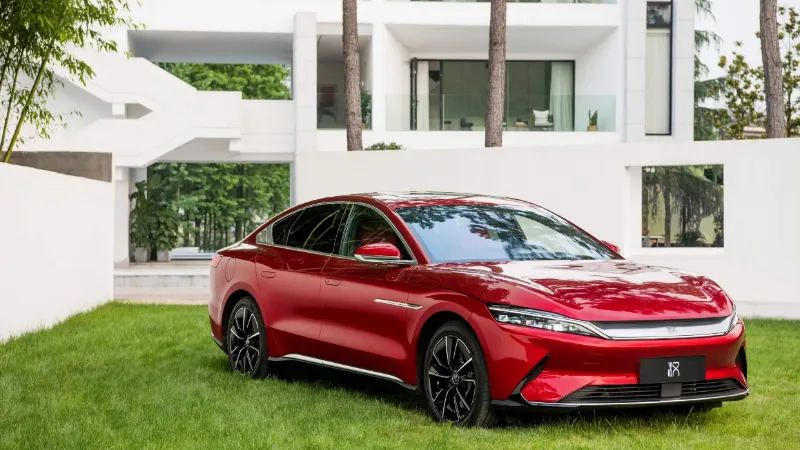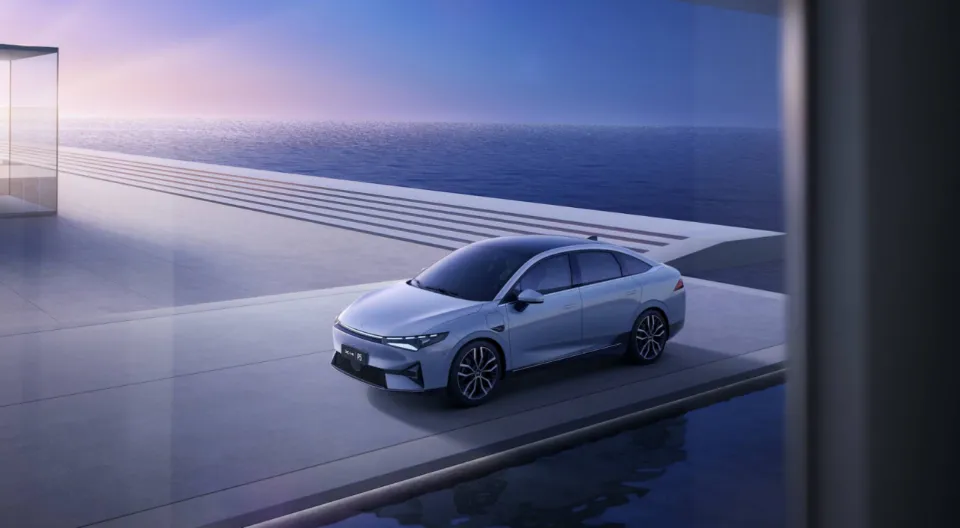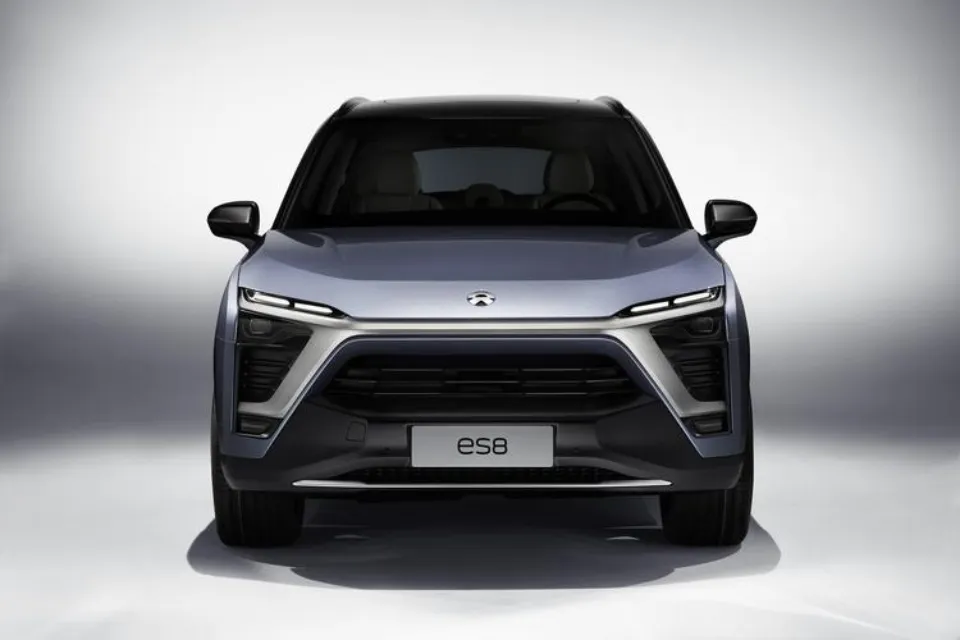BYD’s terminal market price reduction is not unrelated to the recent pressure on the car market.
Tesla’s “catfish effect” appeared, the 2023 new energy vehicle price war is inevitable, and the domestic brand overlord BYD has also joined the price reduction team.
Recently, some BYD dealers in Beijing, Shanghai and other regions have started price reductions for some models, and at the same time, the delivery cycle has been shortened to varying degrees compared with before.
According to the sales staff of Beijing BYD 4S store, some BYD models have indeed begun to reduce prices recently, but the main models are mostly old inventory, and this round of price reduction ends at the end of this month. For example: Tang DM-i plug-in hybrid has a discount of 6,000 yuan, and the 2021 and 2022 Han EVs have a discount of 20,000 yuan; The 2021 Qin EV has a discount of 15,000 yuan. Previously, there was no discount for the 2022 BYD Han EV and DM-i models, and this time it also joined the ranks of price reduction promotions.
BYD can be said to be the “leader” of independent new energy brands, and BYD’s price reduction may have a certain impact on other new energy vehicles, and the new energy vehicle market in 2023 may usher in a big reshuffle.
The Pressure to Start the Year
The price reduction in BYD’s terminal market is not unrelated to the recent pressure on the car market.
For domestic new energy vehicle brands, 2023 is a landmark year full of challenges.
On January 1, 2023, the state subsidy for new energy vehicles was officially canceled. This policy, which has lasted for 13 years, has contributed to reducing the actual cost of car buyers and improving the acceptance of the new energy vehicle market. The overdraft volume of the car market before the withdrawal of the “national supplement” and Tesla’s frequent price cuts have doubled the pressure on BYD, which “does not worry about selling”.
In addition, in terms of cost, as a raw material for power batteries, the price of industrial-grade lithium carbonate has fallen from a historical high of nearly 600,000 yuan / ton in November last year to the current 400,000 yuan / ton, a drop of 34.33%. Power batteries account for 40% to 70% of the total cost of electric vehicles. The decline in raw material prices has a great impact on vehicle prices.
To add insult to injury, concerns about overcapacity in new energy sources are gradually emerging.
According to statistics, since the first quarter of 2022, the capacity utilization rate of new energy vehicle companies has generally declined. In the third quarter of 2022, the relatively good Tesla and BYD also had a capacity utilization rate of just over 70%; NIO and ideal are about 50%, and Xiaopeng is less than 40%. But the expansion did not stop. Tesla increased its production capacity by 81% in half a year to 1.9 million vehicles per year. The Shanghai plant alone has reached an annual production capacity of 750,000 vehicles, an expansion of 67%.
BYD’s capacity release is even more obvious, from the fourth quarter of 2021 to the third quarter of 2022, the cumulative increase in production capacity has roughly tripled. Wei Xiaoli’s situation is similar, and in the second quarter of 2022, it basically doubled its production capacity.
Recently, Cui Dongshu, Secretary-General of the Passenger Vehicle Association, released the report “Analysis of China’s Automotive Market in 2022 and Outlook for 2023”, looking forward to 2023, the Passenger Association will remain cautiously optimistic, predicting that the retail sales of the passenger car market will increase by about 2%, and the wholesale sales of new energy passenger vehicles will be 8.5 million units. The slowdown in the industry is coupled with overcapacity, and price wars are inevitable.
In 2023, the scale efficiency and production cost of new energy vehicle production are experiencing “one rise and one fall”, and the new energy vehicle market is accelerating growth and butterfly change. With the decline in raw material prices, battery manufacturers reduce prices and production, new energy vehicle companies take turns to reduce prices, the entire new energy vehicle market is in a wait-and-see mood, and price reduction may become the main theme of this year’s new energy vehicles and even the entire domestic car market.
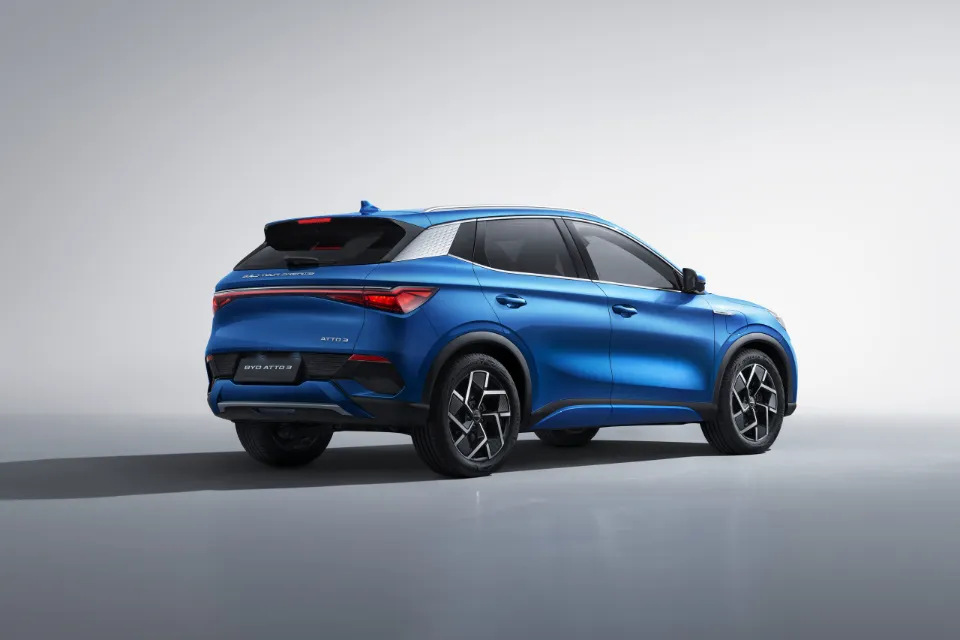
Car Companies Set off a Wave of Price Reductions
As the domestic new energy vehicle brand with the highest sales, BYD’s every move attracts people’s attention. In fact, long before BYD, a large number of car companies have announced price cuts, and BYD also made a decision after watching and studying the situation.
The first “butcher knife” to raise the price reduction is Tesla.
On January 6, Tesla officially announced a sharp price reduction for domestic models, with the starting prices of Model 3 and Model Y falling to 229,900 and 259,900 yuan respectively; Model Y high-performance version from 397,900 yuan to 359,900 yuan, a decrease of 38,000 yuan; and the model with the largest decrease was the Model Y long-range version, which dropped from 357,900 yuan to 309,900 yuan, a decrease of 48,000 yuan. This price adjustment set a record for Tesla’s Chinese selling price.
Following Tesla’s action is AITO. On January 13, some models of the Qianjie series implemented the new year’s new price, and the adjusted price of the pure electric version of the M5 was 25.Starting from 80,000 yuan, the adjusted price of the M7 starts from 289,800 yuan. Previously, the starting prices of these two cars were 288,600 yuan and 319,800 yuan respectively. Overall, the price reduction is around 20,000 to 30,000.
Immediately after January 17, Xpeng Motors officially announced that it would launch the New Year price. It issued an announcement that from 14:00 on January 17, 2023, the price of Xpeng G3i will be adjusted to 148,900~176,900 yuan; The price of Xpeng P5 was adjusted to 156,900~202,900 yuan; The price of Xpeng P7 was adjusted to 209,900~249,900 yuan. Before the comparison adjustment, the prices of the three main models of Xpeng Motors, Xpeng G3i, Xpeng P5 and Xpeng P7, dropped by 20,000~36,000 yuan.
Since then, Leapmotor has also announced an official reduction, of which the Leap C01 model has launched a limited subsidy policy, and the payment of 5,000 yuan can be used up to 30,000 yuan, including 10,000 yuan cash discount, up to 10,000 yuan financial discount, and 5,000 yuan of comfortable all-equipped optional package price reduction.
In February, for some exhibition cars and inventory vehicles, NIO opened a price reduction promotion, and some media broke the news that the maximum reduction was 100,000 yuan.
Almost at the same time that BYD opened the price reduction, the Great Wall Haval H6 plug-in hybrid also launched a limited-time preferential policy, with a price reduction of 15,000 yuan; in addition, the extreme krypton 001 was also exposed to a disguised price reduction. In 2022, cash subsidies and multiple financial policy preferences will be enjoyed, including but not limited to local subsidies of 10,000 yuan within 300,000 yuan, 30% down payment and interest-free for three years (worth 20,000 yuan), 150,000 points for buying a car in full or with a loan, and a free charging pile.
The competitive landscape has changed, coupled with factors such as the Spring Festival effect and the expiration of the new energy vehicle purchase subsidy policy, price for volume has become the main theme of the car market.
According to incomplete statistics, up to now, more than 20 car brands such as BYD, Great Wall, Extreme Krypton, Wenjie, Xiaopeng, Zerosport, and NIO have chosen to reduce prices, almost the entire new energy vehicle circle, and the domestic car market price reduction tide has begun.
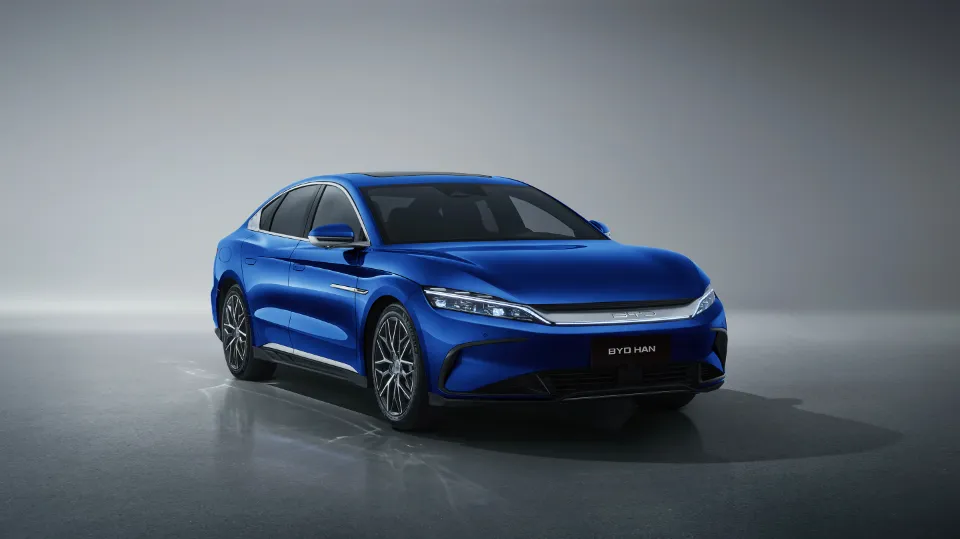
BYD “Can’t Sit Still”?
When Tesla stirred up the price of new energy vehicles, BYD did not follow up on the price reduction at the first time. As a domestic new energy vehicle giant, BYD seems to have the confidence not to be swayed by the marketing methods of competitors.
BYD’s 2022 performance forecast released on January 30 shows that the company is expected to achieve operating income of more than 420 billion yuan during the period, and achieve a net profit attributable to shareholders of listed companies of 16 billion yuan to 17 billion yuan, a year-on-year increase of 458.26%. The net profit attributable to the parent after deduction was 15.1 billion yuan to 16.3 billion yuan, a year-on-year increase of 1103.55% to 1199.20%.
The data shows that in 2022, BYD’s new energy vehicle sales will increase rapidly, and many star models will appear “one car is difficult to find”. For the whole year of 2022, BYD sold a total of 1,868,500 vehicles, a year-on-year increase of 152.46%, of which new energy passenger vehicle sales were 1,857,400 units, a year-on-year increase of 212.82%.
However, at the beginning of 2023, BYD experienced a growth bottleneck. Data show that due to the withdrawal of “national subsidies”, consumers are in a wait-and-see mood, and the number of customers entering the store has declined, and BYD’s new energy vehicle sales in January this year were 151,300 units, down 35.67% month-on-month.
After Tesla announced another price cut in 2023, orders showed explosive growth in the wait-and-see mood at the beginning of the year. Just 3 days after announcing the price reduction, Tesla received orders for 30,000 new cars, and the delivery time on Tesla’s official website changed from 1-2 weeks to 2-5 weeks. It is understood that the number of customers and orders in Tesla stores in many second- and third-tier cities across the country has increased sharply after Tesla’s current round of price cuts, and the number of orders in some city stores has increased by 500% compared with December. In January, Tesla’s sales in China are expected to be 66,000 units, achieving a year-on-year increase and a month-on-month increase.
According to financial report data, in the fourth quarter of 2022, Tesla’s total revenue reached $24.3 billion, a year-on-year increase of 37%; Operating income increased to $3.9 billion year-over-year, resulting in an operating margin of 16%. Musk concluded that the fourth quarter of 2022 was Tesla’s 14th consecutive profitable quarter, achieving the highest single quarter earnings, highest operating income and highest net profit in history. And this is thanks to Tesla’s sharp price reduction starting in October 2022.
At the same time, BYD’s price advantage is gradually fading. After two price cuts, the price range of Tesla Model 3 after price reduction is 230,000-330,000 yuan, which is directly benchmarked against BYD Han; After the price reduction of Model Y, the price range is 260,000-360,000 yuan, and it is facing BYD Tang head-on. It can be said that BYD’s cake is at risk of being divided.
Based on the average weekly risk volume in January, it can be expected that BYD’s total sales in the 52 weeks of the year will be about 1.51 million vehicles, which is a huge gap with BYD’s annual sales target of 4 million vehicles. In this case, even the new energy vehicle hegemon needs to stabilize the existing market share and hit higher sales targets by cutting prices.
With the increasing competition in the new energy vehicle market, it will bring greater marketing pressure and more profit uncertainty to automakers. There is no doubt that small car companies will face greater challenges, and there may be a situation where car companies are out. Where the development of new energy vehicles will go in 2023 will take time to test.
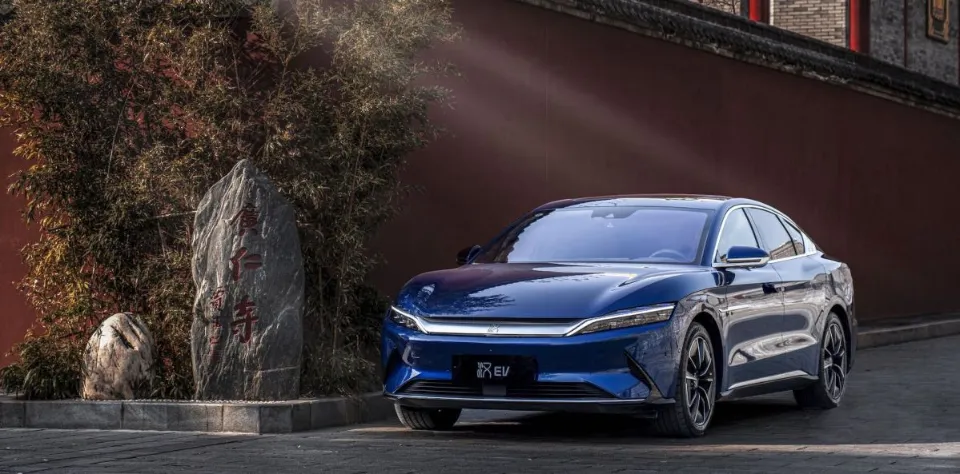
You may be interested in:
- Double Beard Styling is Really Rare! Denza N7 Declaration: the First Lidar BYD is Here
- Will BYD’s price reduction become a turning point for the counterattack of new energy vehicles?
Souce: 界面新闻

